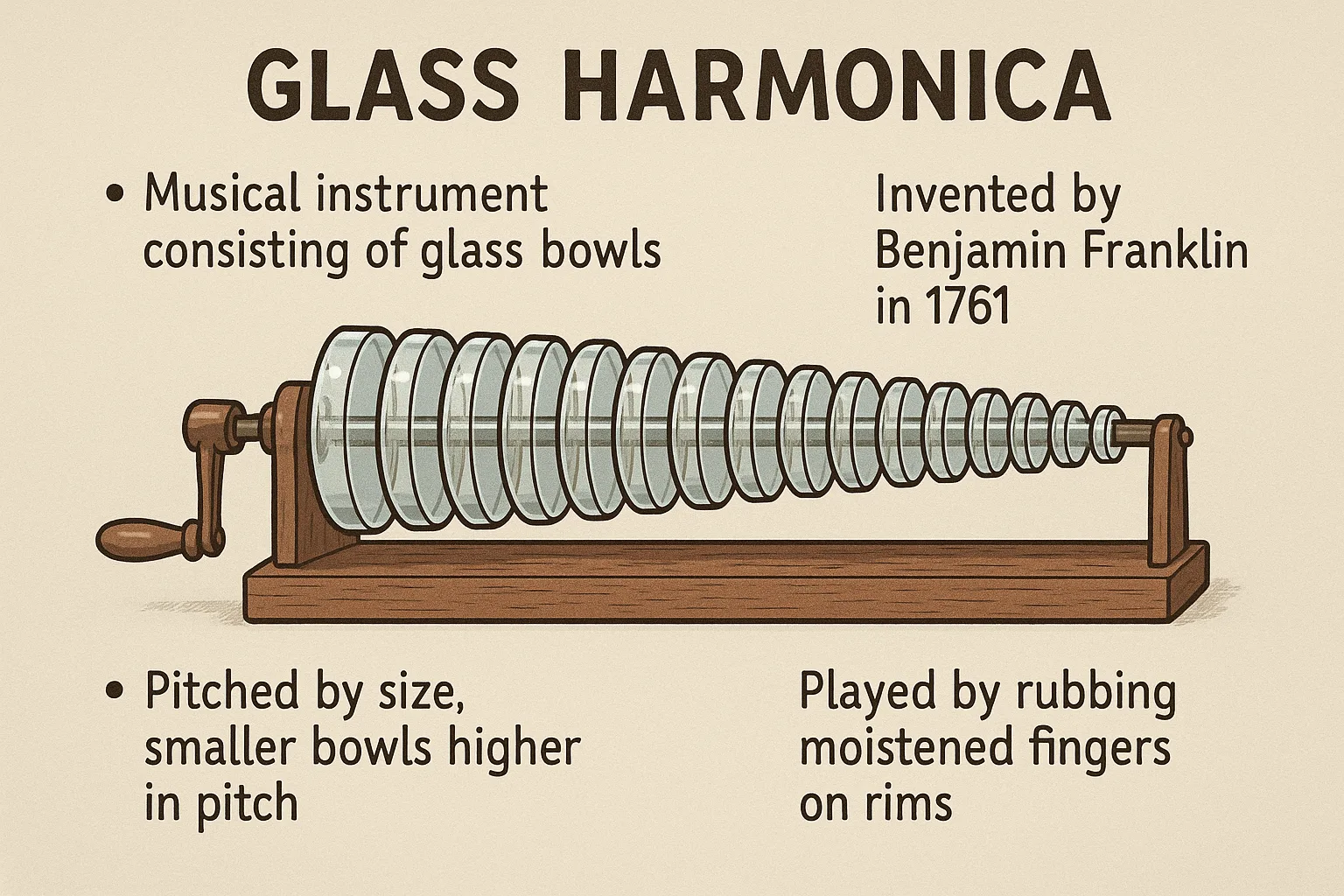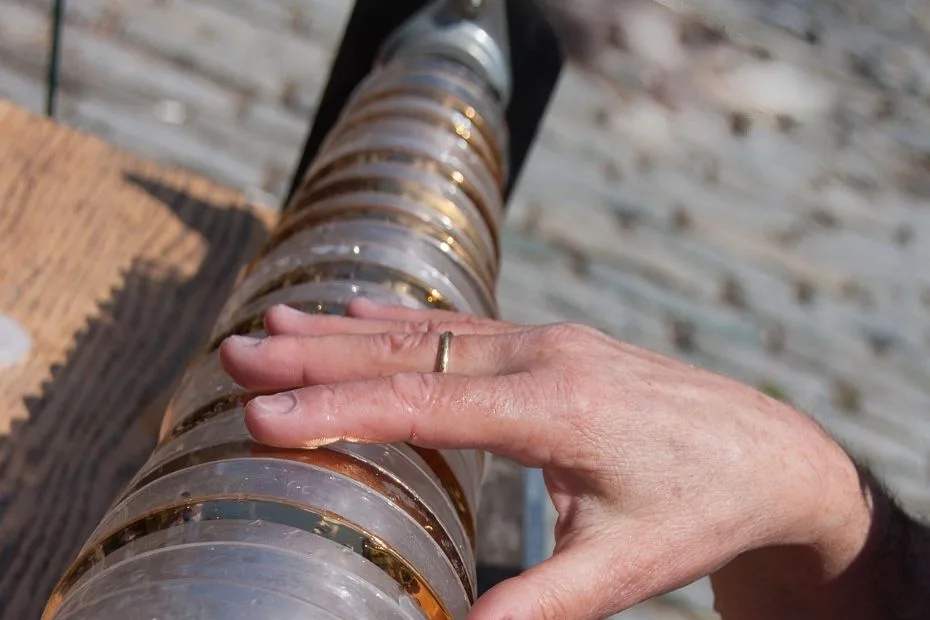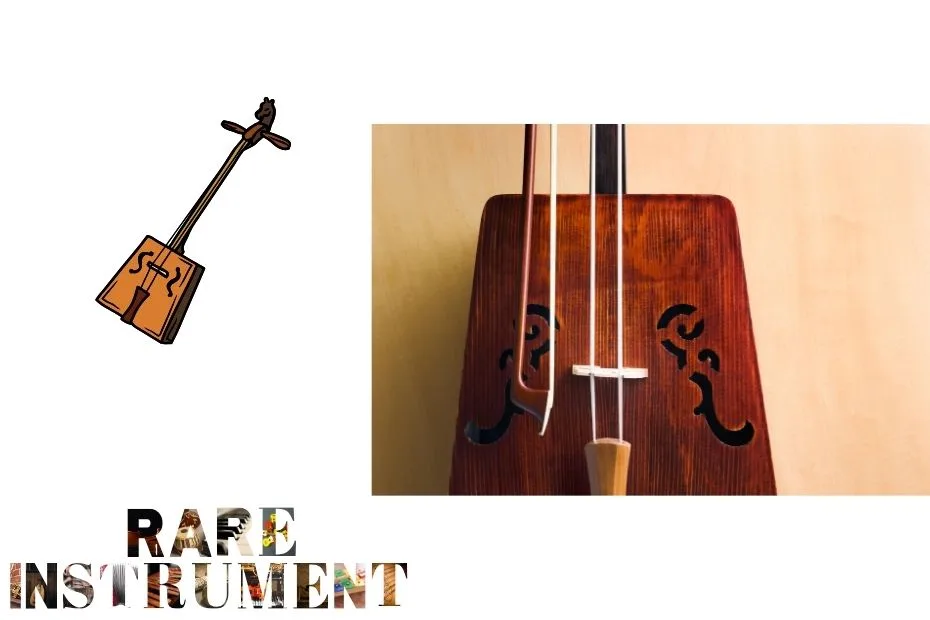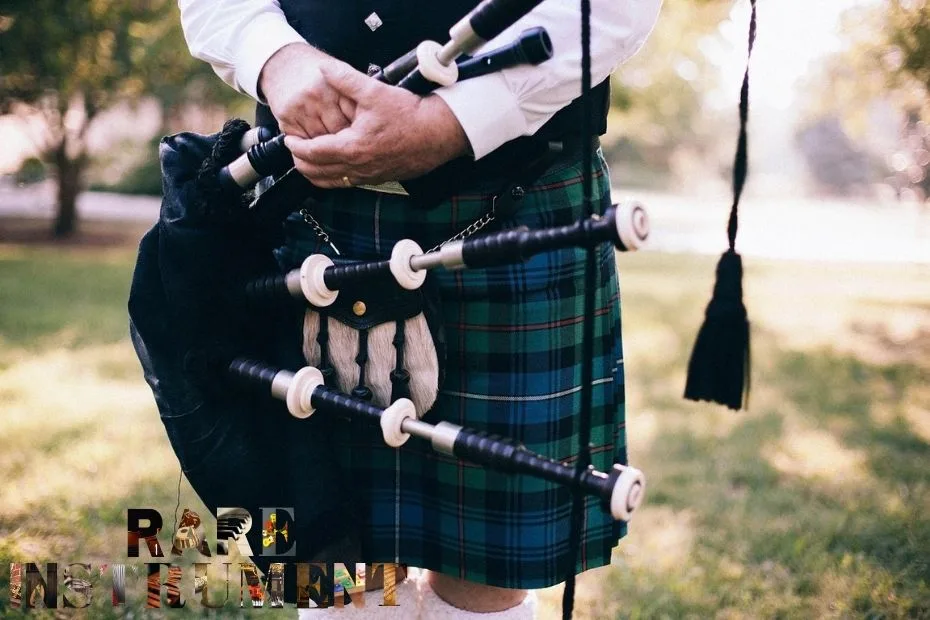Ashiko: The Migrant Drum Connecting Africa, the Americas, and the Diaspora
Distinctive Characteristics of the Ashiko
| Feature | Traditional Ashiko | Modern Adaptations | Notes |
|---|---|---|---|
| Origin | West Africa (Yoruba culture) | Pan-African diaspora (Cuba, Brazil, U.S.) | Used in Orisha worship and Afro-diasporic rituals |
| Shape | Conical, tapering body (wider top, narrow base) | Slightly shorter versions for portability | Different from goblet-shaped djembe or cylindrical conga |
| Size | 10–14″ head, 22–28″ height | Custom builds vary; youth/student sizes available | Bigger heads = deeper bass tones |
| Head | Goat or cow skin, rope-tied | Synthetic heads and metal tuning hardware | Natural skin = warmth, synthetic = stability |
| Core Strokes | Bass, Open tone, Slap | Same strokes adapted to fusion drumming | Shares language with conga and djembe |
| Cultural Role | Ritual music, dance, storytelling | World percussion ensembles, jazz, education | Symbol of migration and cultural resilience |
A Drum of Migration and Memory
The ashiko is not just a drum—it is a vessel of history. Its origins trace to Yoruba communities in West Africa, where it played a role in religious ceremonies, storytelling, and dance. When enslaved Africans were brought to the Americas, the ashiko’s form and rhythms traveled with them, mutating into conga traditions in Cuba, atabaque in Brazil, and various Afro-diasporic drums in the Caribbean. In this way, the ashiko embodies diasporic continuity, a thread linking Africa with the New World.
While the ashiko itself is not individually listed by UNESCO, its musical lineages—Afro-Cuban rumba, Afro-Brazilian Candomblé, and Yoruba òrìṣà traditions—are all part of UNESCO’s framework for safeguarding intangible cultural heritage. The ashiko remains a living witness to resilience and cultural survival.

Construction and Symbolism
Unlike the goblet-shaped djembe or barrel-shaped conga, the ashiko is conical. Its wide top and narrow base mirror the funnel of ancestral memory: open to receive community voices, focused in projecting rhythm outward. Traditional makers carve from single logs and use rawhide skins, tightening them with rope tension. Each drum, therefore, carries the handprint of its maker.
Terminology and Playing Vocabulary
- Bass (Gun): Struck with the full palm in the center, producing a deep, earthy resonance.
- Open Tone (Go): Fingers rebound on the edge, yielding a clear, ringing note.
- Slap (Pa): Sharp, higher-pitched accent with immediate attack.
- Muting: Pressing hand against skin to dampen vibrations, creating whisper-like tones.
These strokes form the core vocabulary, but in diaspora contexts, drummers added techniques borrowed from conga and bata drumming, enriching the ashiko’s expressive palette.
Contexts of Performance
Ritual & Ancestral Music
The ashiko accompanies Orisha worship in Yoruba and Afro-Brazilian communities, driving call-and-response songs and sacred dances. In Cuba, rhythms related to the ashiko merged with rumba and secular dance traditions, blending ritual with celebration.
Contemporary Ensembles
Today, the ashiko thrives in world music ensembles, jazz bands, and drum circles. Its deep yet agile voice bridges African and Latin timbres, making it popular among percussionists seeking versatility. In classrooms, it serves as a teaching tool for polyrhythm and cross-cultural understanding.
Notable Performers and Transmission
While the ashiko has fewer “celebrity soloists” than the conga or djembe, it survives through community masters and educators. Figures such as Babatunde Olatunji introduced African hand drumming to Western audiences, often featuring ashiko-like instruments. In the U.S., contemporary percussionists in world music ensembles continue this lineage, blending traditional Yoruba drumming with modern improvisation.
Learning and Practical Advice
- Focus first on clear tone production—distinguish bass, open, and slap before attempting fast rhythms.
- Use proper posture: tilt the drum slightly forward to let bass tones breathe.
- Experiment with both natural and synthetic heads; natural for authenticity, synthetic for touring consistency.
- Join local drum circles or Afro-Cuban/Brazilian ensembles to experience ashiko rhythms in community context.
Maintenance and Care
Natural skins require careful handling. Keep the drum at 40–55% humidity to prevent cracking or slackening. Tension ropes should be checked regularly for even pull. Synthetic-headed ashikos are more forgiving but lose some of the subtle warmth valued in sacred settings.
Sound and Examples
Listen to the ashiko in a modern ensemble performance here:
A Drum of Continuity
The ashiko carries the memory of Africa, the pain of displacement, and the creativity of adaptation. From Yoruba shrines to Brazilian terreiros, from Cuban solares to North American drum circles, its conical body resonates with history. More than just an instrument, it is a cultural witness—a reminder that rhythm travels with people, survives upheaval, and reinvents itself in every generation.
References



